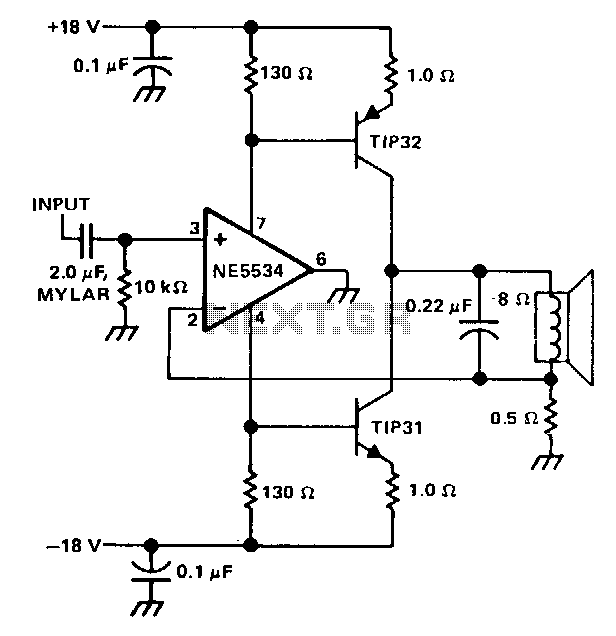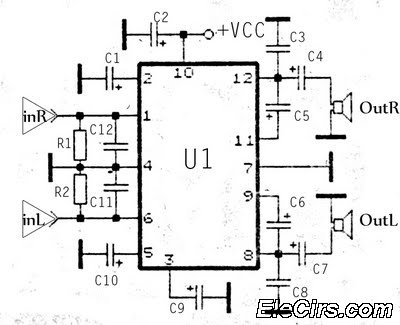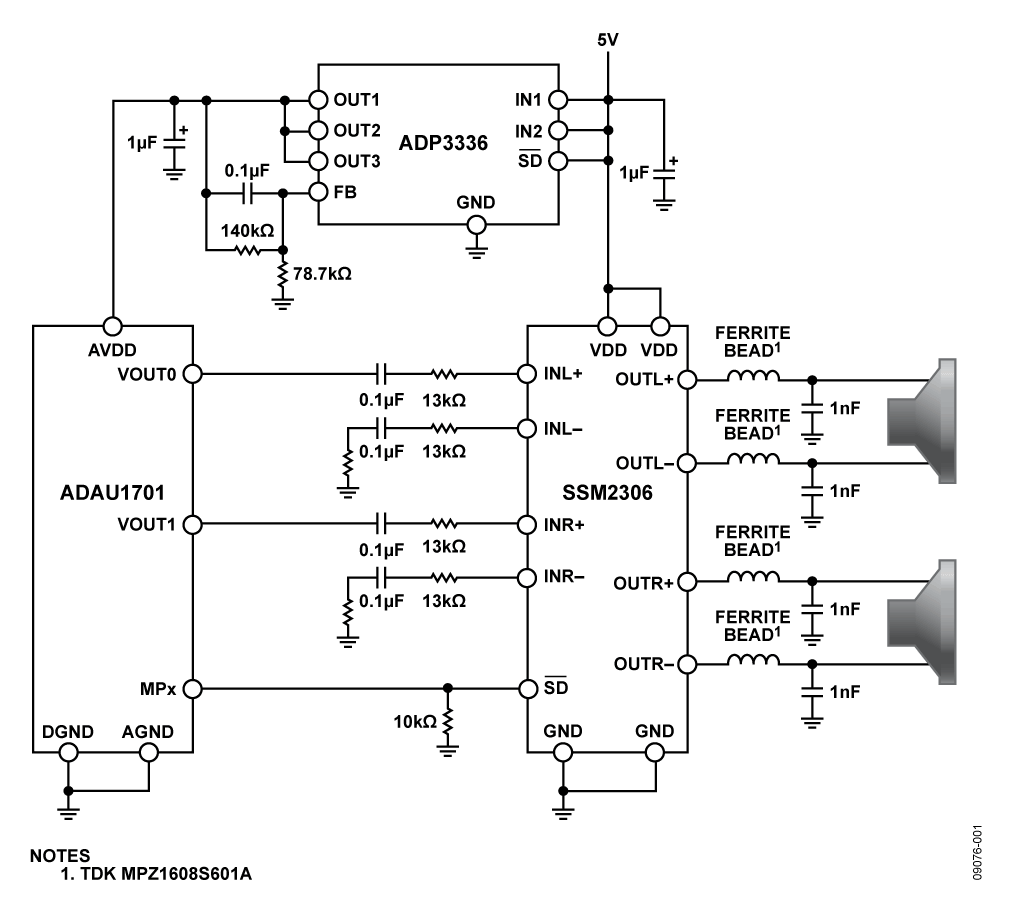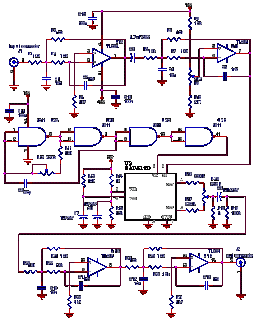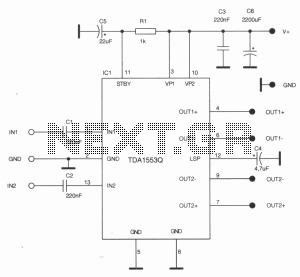
High-End Audio Modular Preamplifier
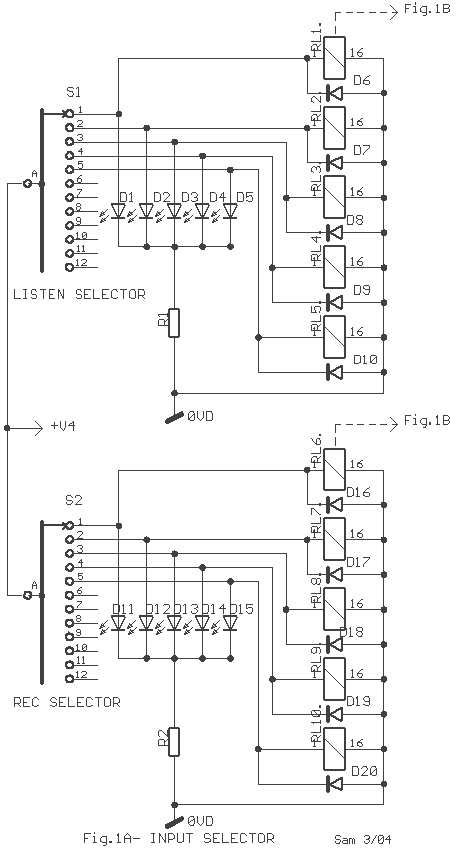
This preamplifier is a requirement resulting from many friends to provide a high-quality preamplifier, capable of driving high-quality power amplifiers with good sound. It is not, however, difficult to make; it combines simplicity and handiness. It does not allocate a lot of facilities and various filters but is designed so that the acoustic signal follows the smallest course without being influenced by unnecessary stages, resulting in minimal coloration of the reproduced sound. It follows a modular philosophy that allows for the possibility of changing each module to adapt to individual acoustic tastes. Thus, it will constitute the basis for long-term listening and experimentation. The use of a relay in the input selection ensures the shortest path and the best possible quality, as the relay contacts are not easily influenced by temperature changes and environmental factors, offering lower resistance and parasitic resistance in the signal path. This, of course, also depends on the quality of the relay selected; a small size and very high-quality relay is recommended.
The preamplifier circuit is designed to deliver high fidelity audio performance while maintaining a straightforward construction. The core of the design employs a modular architecture, allowing users to customize the preamplifier according to their preferences. Each module could be dedicated to different functionalities, such as input selection, tone control, or volume adjustment, enabling an adaptable audio experience.
The input stage utilizes high-quality relays for signal switching, which minimizes signal degradation by providing a low-resistance path. The relay selection is critical; therefore, it is advisable to choose relays with low contact resistance and high durability to ensure longevity and reliability. The input signals are routed through a minimal number of components to maintain signal integrity, reducing the potential for noise and distortion.
The circuit may also feature a power supply section that ensures stable voltage levels for the operational amplifiers used in the signal path. This section should be designed with decoupling capacitors placed close to the power pins of the op-amps to filter out any high-frequency noise that could affect performance.
Output stages may include additional buffering to drive the subsequent power amplifiers effectively, ensuring that the preamplifier can handle various load conditions without compromising audio quality.
Overall, this preamplifier design emphasizes simplicity, reliability, and high-quality audio reproduction, making it suitable for both casual listening and critical audio applications.This preamplifier is requirement result of many friends to give a high quality preamplifier, capable to drive high quality power amplifiers with good sound, it`s not however difficult to making, it combines simplicity and handiness. It does not allocate a lot of facilities and various filters, but is drawn so the acoustic signal follows the smaller course without it`s influenced by stages they do not need, with result the coloration of reproduced sound.
It follows the modular philosophy that gives the possibility of changing each module and adapted in yours acoustic taste. Thus it will constitute the base for long-standing listening and experimentations. Use relay in the input selection ensures the smaller way and the better possible quality, because the relay contacts are not influenced easily by temperature changes and environment, offer smaller ohmage and parasitic resistance in the signal course.
This of course depends also from the relay quality that you will select; I propose choice of relay small size and very high quality. 🔗 External reference
The preamplifier circuit is designed to deliver high fidelity audio performance while maintaining a straightforward construction. The core of the design employs a modular architecture, allowing users to customize the preamplifier according to their preferences. Each module could be dedicated to different functionalities, such as input selection, tone control, or volume adjustment, enabling an adaptable audio experience.
The input stage utilizes high-quality relays for signal switching, which minimizes signal degradation by providing a low-resistance path. The relay selection is critical; therefore, it is advisable to choose relays with low contact resistance and high durability to ensure longevity and reliability. The input signals are routed through a minimal number of components to maintain signal integrity, reducing the potential for noise and distortion.
The circuit may also feature a power supply section that ensures stable voltage levels for the operational amplifiers used in the signal path. This section should be designed with decoupling capacitors placed close to the power pins of the op-amps to filter out any high-frequency noise that could affect performance.
Output stages may include additional buffering to drive the subsequent power amplifiers effectively, ensuring that the preamplifier can handle various load conditions without compromising audio quality.
Overall, this preamplifier design emphasizes simplicity, reliability, and high-quality audio reproduction, making it suitable for both casual listening and critical audio applications.This preamplifier is requirement result of many friends to give a high quality preamplifier, capable to drive high quality power amplifiers with good sound, it`s not however difficult to making, it combines simplicity and handiness. It does not allocate a lot of facilities and various filters, but is drawn so the acoustic signal follows the smaller course without it`s influenced by stages they do not need, with result the coloration of reproduced sound.
It follows the modular philosophy that gives the possibility of changing each module and adapted in yours acoustic taste. Thus it will constitute the base for long-standing listening and experimentations. Use relay in the input selection ensures the smaller way and the better possible quality, because the relay contacts are not influenced easily by temperature changes and environment, offer smaller ohmage and parasitic resistance in the signal course.
This of course depends also from the relay quality that you will select; I propose choice of relay small size and very high quality. 🔗 External reference
Warning: include(partials/cookie-banner.php): Failed to open stream: Permission denied in /var/www/html/nextgr/view-circuit.php on line 713
Warning: include(): Failed opening 'partials/cookie-banner.php' for inclusion (include_path='.:/usr/share/php') in /var/www/html/nextgr/view-circuit.php on line 713
